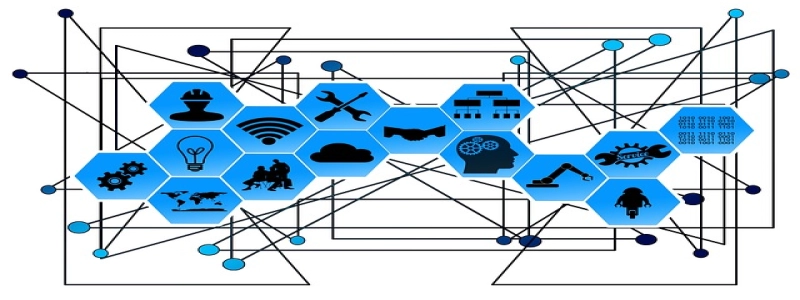GBIC vs SFP: Understanding the Differences
Introduction:
In the world of networking, GBIC (Gigabit Interface Converter) and SFP (Small Form-factor Pluggable) are two commonly used transceiver modules for network connectivity. These modules play a crucial role in connecting networking devices, but they differ in terms of form factor, data transfer rate, and other key factors. This article aims to provide a comprehensive comparison between GBIC and SFP, helping readers understand their differences and choose the right module for their networking needs.
1. Understanding GBIC:
1.1 Definition:
GBIC, short for Gigabit Interface Converter, is a hot-swappable transceiver module used in networking to convert electrical signals into optical signals. It is commonly used in older networking devices.
1.2 Form Factor:
GBIC modules are relatively larger in size compared to SFP modules. They typically have a rectangular shape with dimensions of approximately 1.25 x 3.5 x 0.5 inches.
1.3 Data Transfer Rate:
GBIC modules support a maximum data transfer rate of 1 Gigabit per second, which is suitable for most networking applications. However, they lack the ability to support higher data transfer rates.
1.4 Compatibility:
GBIC modules are compatible with various types of network cables, including single-mode fiber and multi-mode fiber, making them versatile for different networking environments.
2. Understanding SFP:
2.1 Definition:
SFP, short for Small Form-factor Pluggable, is a compact and interchangeable transceiver module used in networking for both optical and electrical connections. It is commonly used in modern networking devices.
2.2 Form Factor:
SFP modules have a much smaller form factor compared to GBIC modules. They measure approximately 0.5 x 2.25 x 0.25 inches, making them suitable for networking devices with limited space.
2.3 Data Transfer Rate:
SFP modules come in various types, such as SFP, SFP+, and SFP28, supporting different data transfer rates. They can handle data rates ranging from 1 Gigabit per second to 100 Gigabits per second, providing flexibility for high-speed networking requirements.
2.4 Compatibility:
SFP modules are compatible with various types of network cables, including single-mode fiber, multi-mode fiber, and copper cables, making them highly versatile for different networking environments.
3. GBIC vs SFP: Key Differences
3.1 Size:
GBIC modules are larger in size compared to SFP modules, occupying more space in networking devices.
3.2 Data Transfer Rate:
GBIC modules support a maximum data transfer rate of 1 Gigabit per second, while SFP modules support a wider range of data transfer rates, ranging from 1 Gigabit per second to 100 Gigabits per second.
3.3 Flexibility:
Due to their smaller form factor and wider range of data transfer rates, SFP modules offer greater flexibility compared to GBIC modules.
3.4 Cost:
In general, SFP modules tend to be more expensive than GBIC modules due to their advanced features and higher data transfer rate capabilities.
Conclusion:
In summary, GBIC and SFP modules are both important transceiver modules used in networking. While GBIC modules are suitable for older networking devices with lower data transfer rate requirements, SFP modules offer greater flexibility, smaller form factor, and support for higher data transfer rates. When choosing between GBIC and SFP, it is important to consider the specific networking needs and compatibility requirements to make an informed decision.








